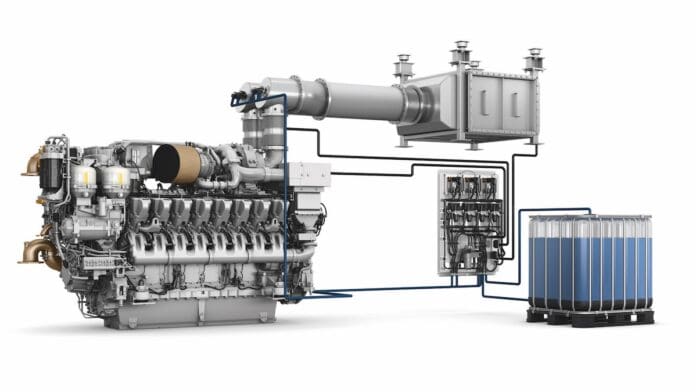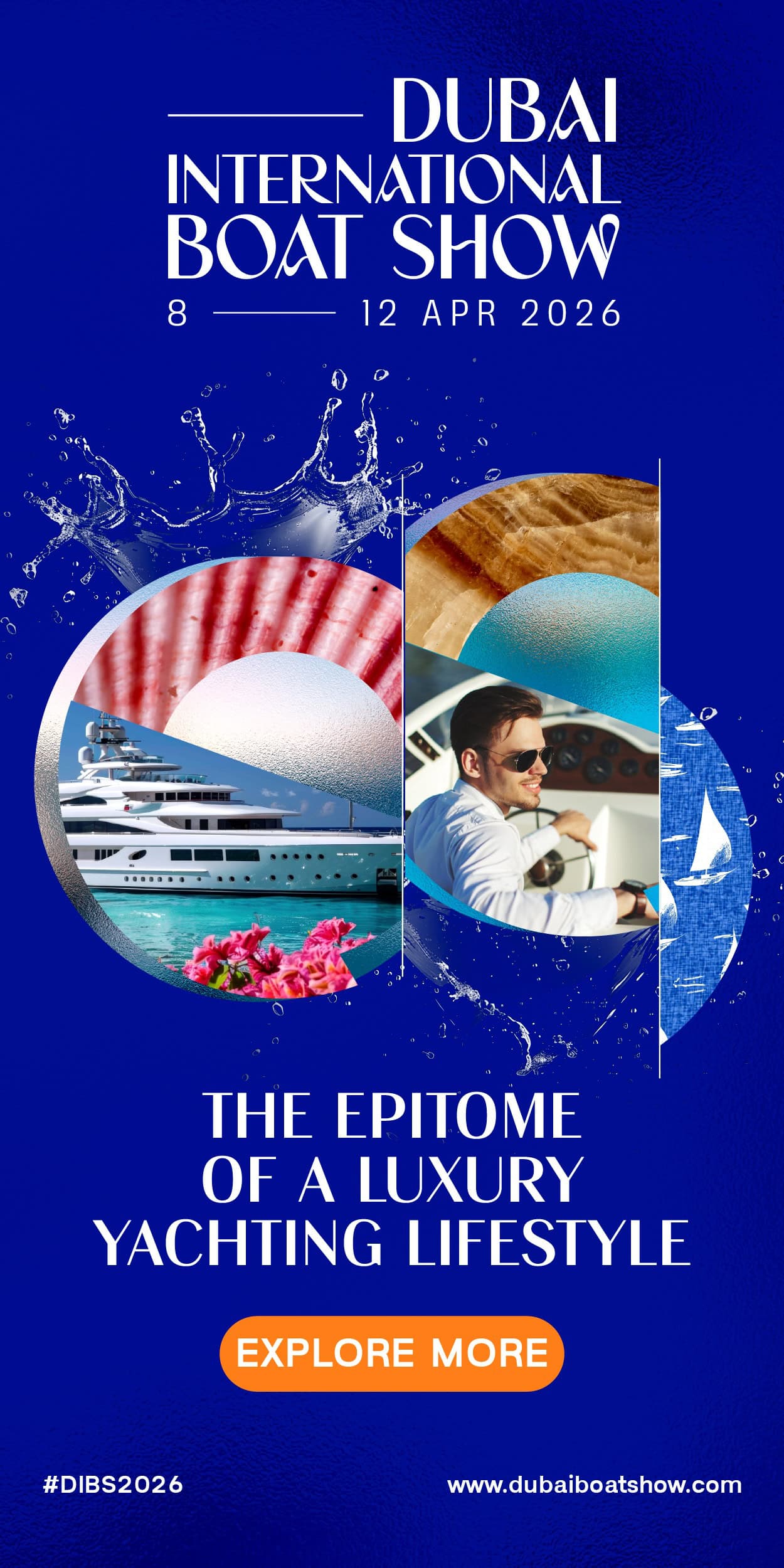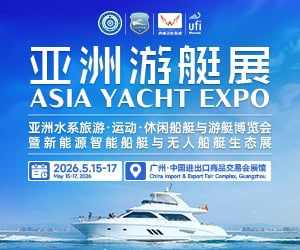Rolls-Royce is introducing new exhaust after treatment systems in combination with its 16-cylinder mtu Series 4000 engine
Rolls-Royce is introducing new, even more flexible and compact exhaust aftertreatment systems in combination with its 16-cylinder mtu Series 4000 engine.
The new generation of mtu SCR (selective catalytic reduction) systems are suitable for for yachts, tugs, and ferries and require up to 42% less space than previous systems, while weighing almost 40% less than the mtu Cube Box product.
Rolls-Royce has also extended the service life of the ceramic SCR material (substrate) to 18,000 operating hours (depending on the load profile) and reduced life-cycle costs by 15%.
The new mtu Flex SCR is the first in a planned roll-out with Rolls-Royce gradually offering the new generation system for its other mtu engines.
This modular new exhaust after treatment system can be even better tailored to the specific needs of our customers.
Denise Kurtulus
“This modular new exhaust aftertreatment system can be even better tailored to the specific needs of our customers and offers them many advantages for their voyages in emission-controlled areas,” explained Denise Kurtulus, senior vice president global marine at Rolls-Royce Power Systems.
“Rolls-Royce has set itself the strategic goal of supporting its customers in their business with sustainable and efficient solutions.”
The mtu SCR system reduces nitrogen oxide emissions by 75% compared to IMO II limits.
Ships with integrated propulsion systems – mtu engines and SCR systems – in the power range between 2,176 and 2,560kW can be operated in areas with IMO Tier III controls including the Baltic and North Seas and the North American coast.
The components can be installed horizontally, vertically, upright, or suspended in the engine room, depending on requirements.
In terms of flexibility, the dosing of the reducing agent can be switched on and off when travelling from one emission-regulated area to another.






